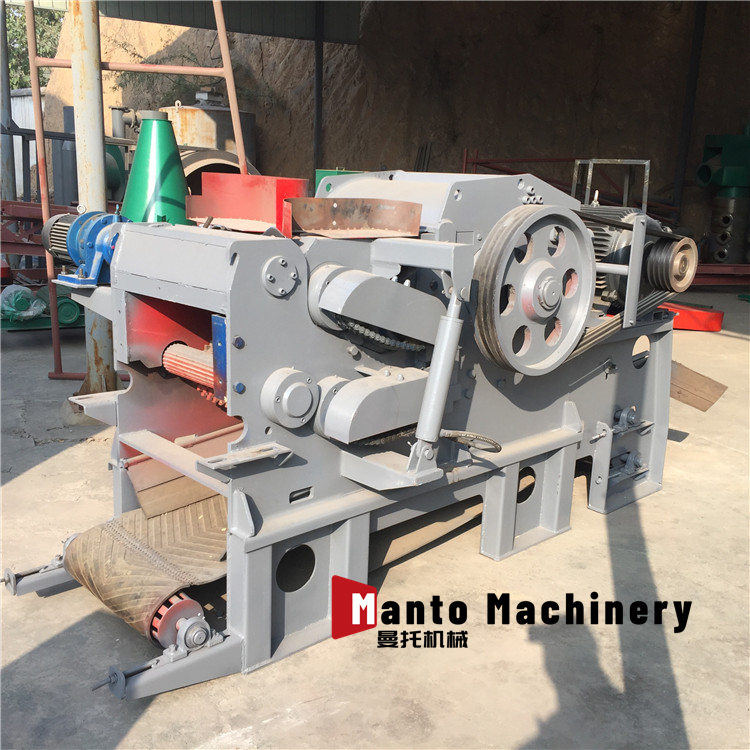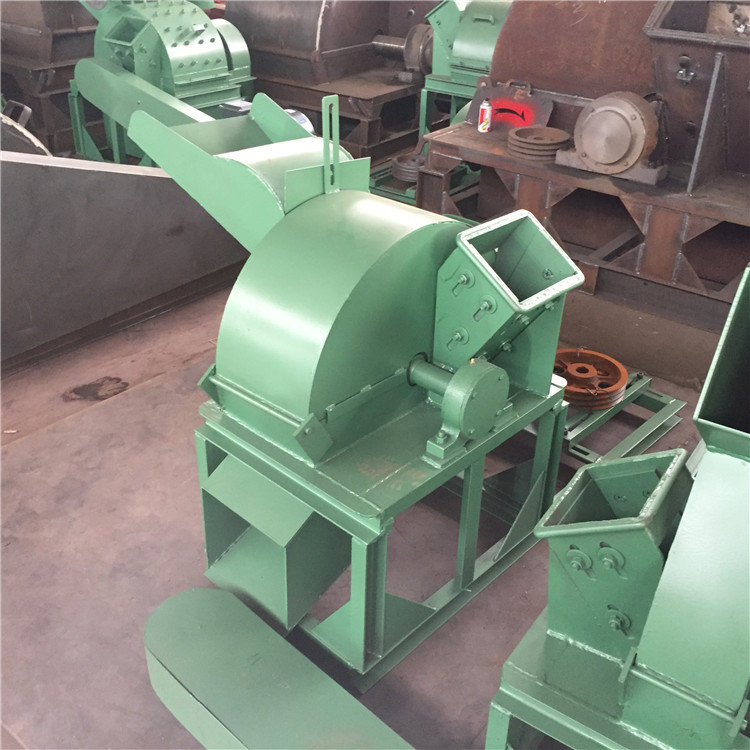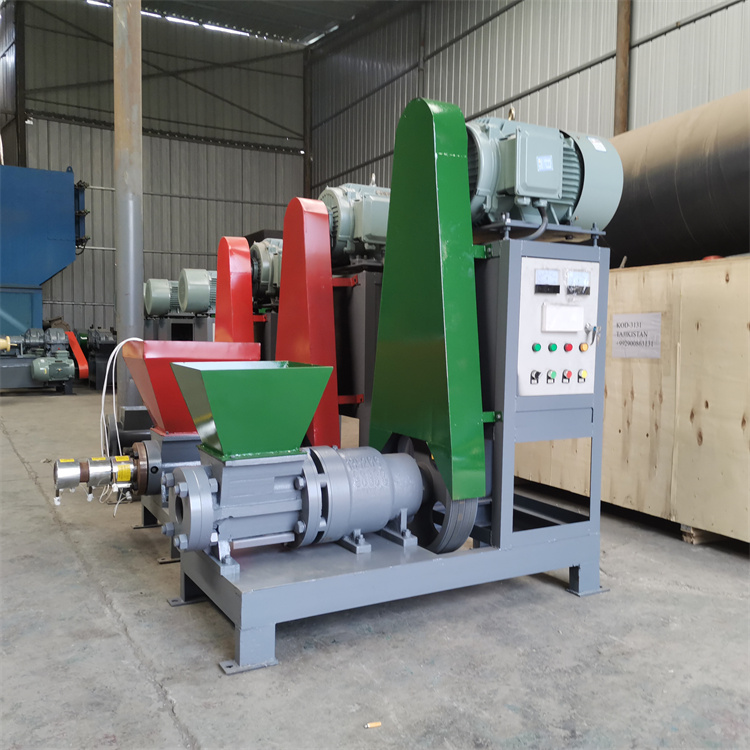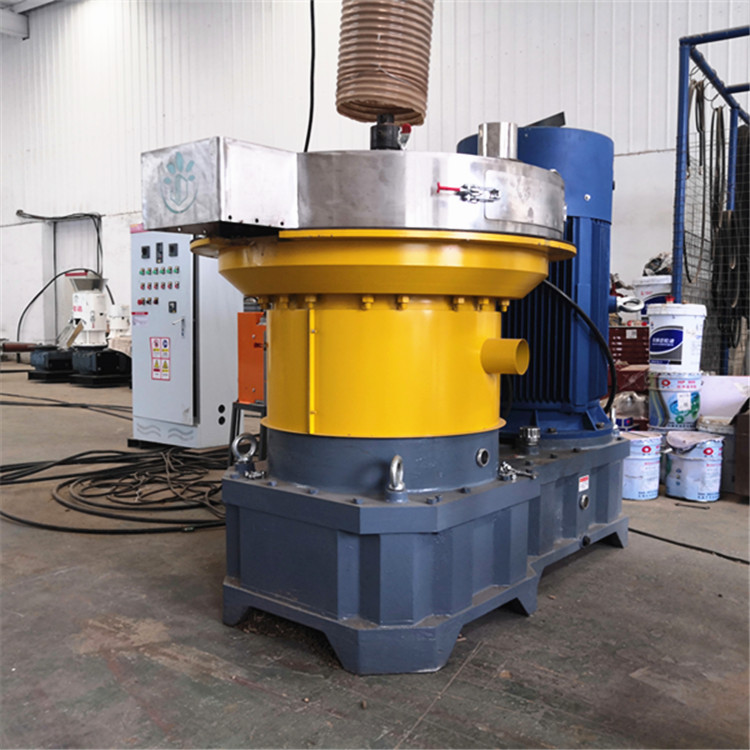Understanding how drum chipper works is essential for buyers looking to improve wood processing efficiency in forestry, sawmills, furniture factories, and biomass fuel production. A drum chipper uses a rotating drum equipped with sharp knives to cut logs, branches, and waste wood into uniform wood chips. This article explains the working principle, main components, and benefits to help customers make informed purchasing decisions.
A high-quality drum wood chipper features a feeding system that pulls logs into the machine smoothly. As the material enters, the rotating drum and blades slice the wood into consistent chips. The size of the chips can be adjusted by changing the screen or knife settings, making the drum chipper suitable for biomass boilers, wood pellet plants, and paper-making industries. Because users frequently search for terms like drum chipper mechanism, drum chipper structure, and industrial drum chipper for logs, including these keywords helps increase search visibility.
The machine’s efficiency is also influenced by its hydraulic feeding system, blade sharpness, drum speed, and engine power. Customers often look for details such as chip uniformity, output capacity, energy consumption, and maintenance requirements. A drum chipper is especially popular because it handles larger logs and offers stable performance in long-term continuous production.
For buyers comparing models, understanding how a drum chipper operates can help identify the right machine based on materials, capacity needs, and budget. Whether for commercial wood recycling or biomass fuel processing, a drum chipper remains one of the most reliable solutions for high-volume wood chipping.






